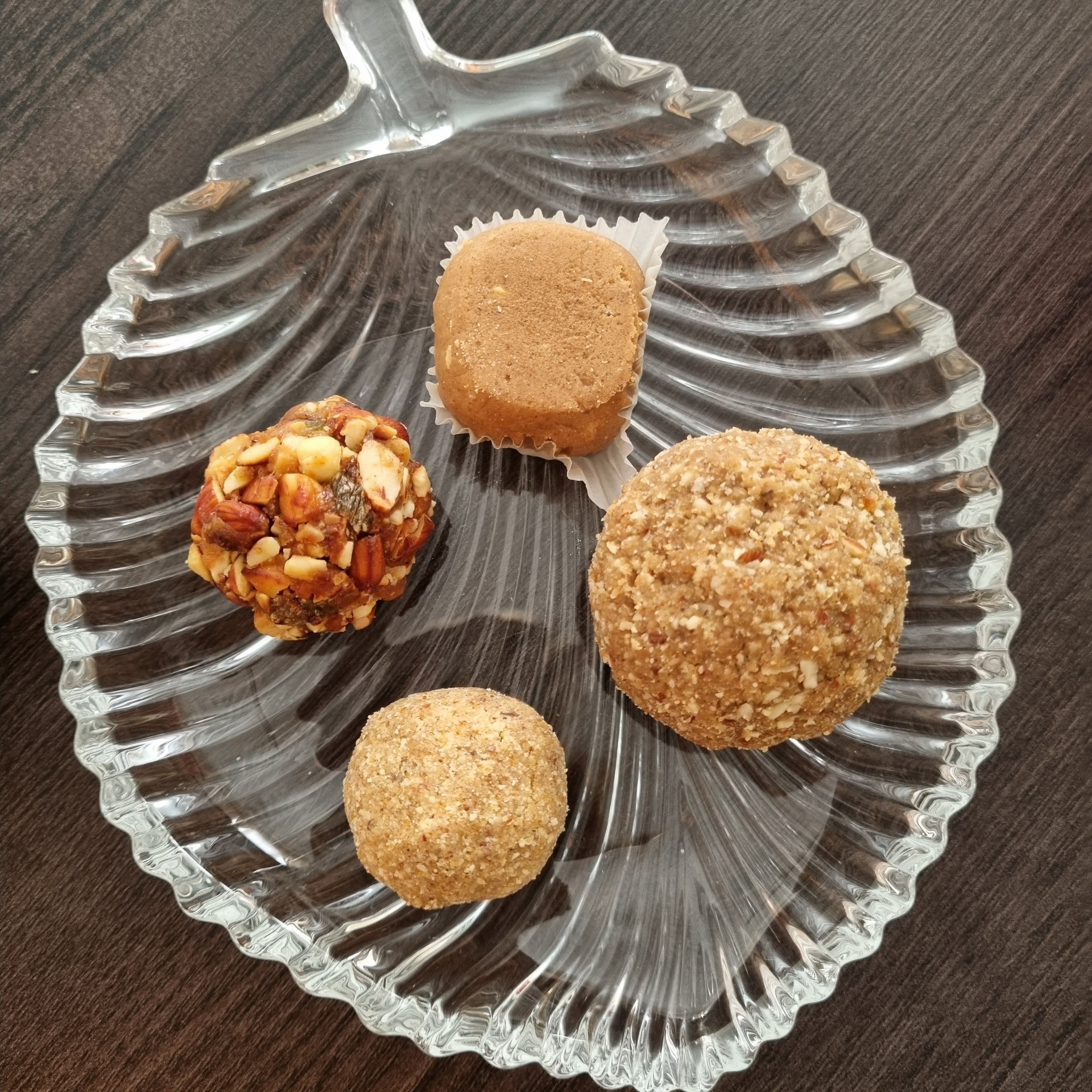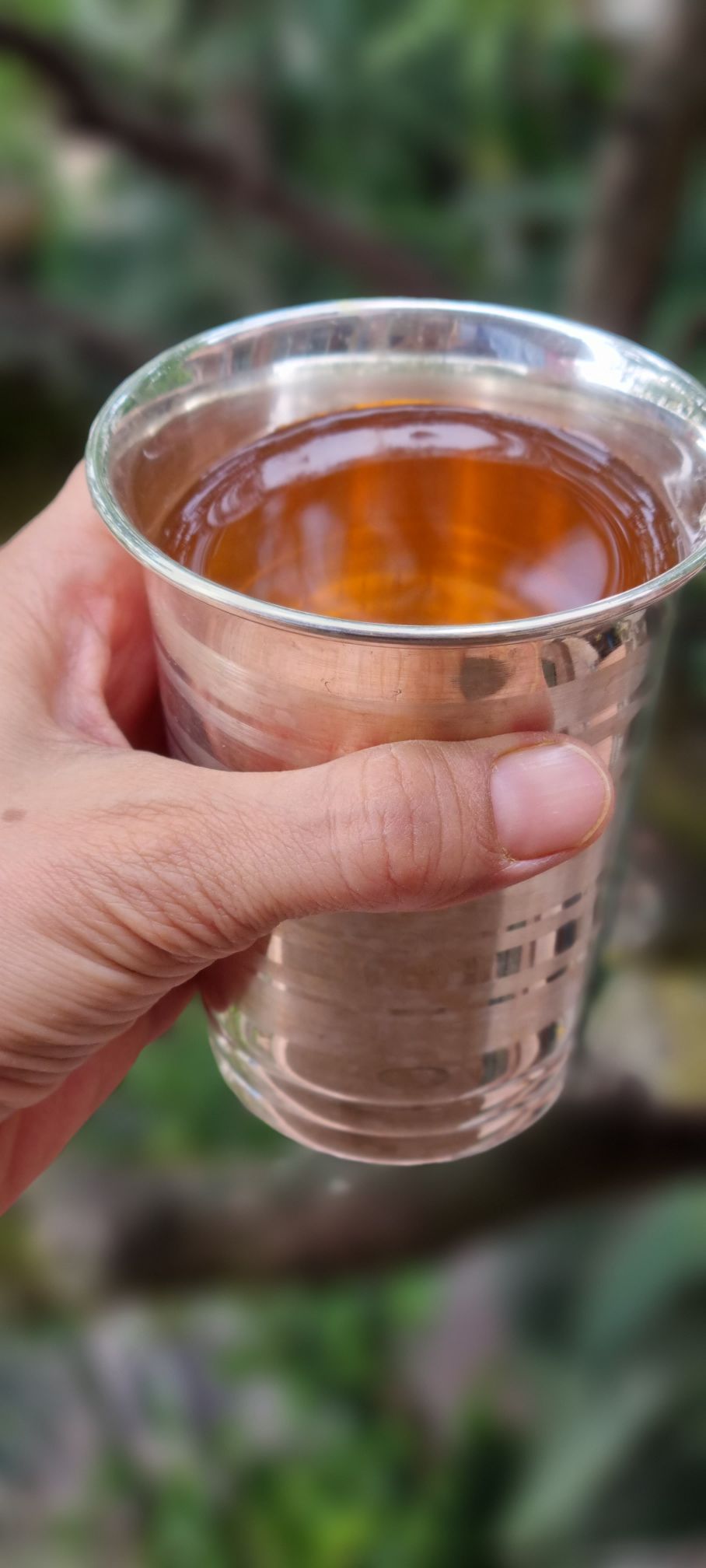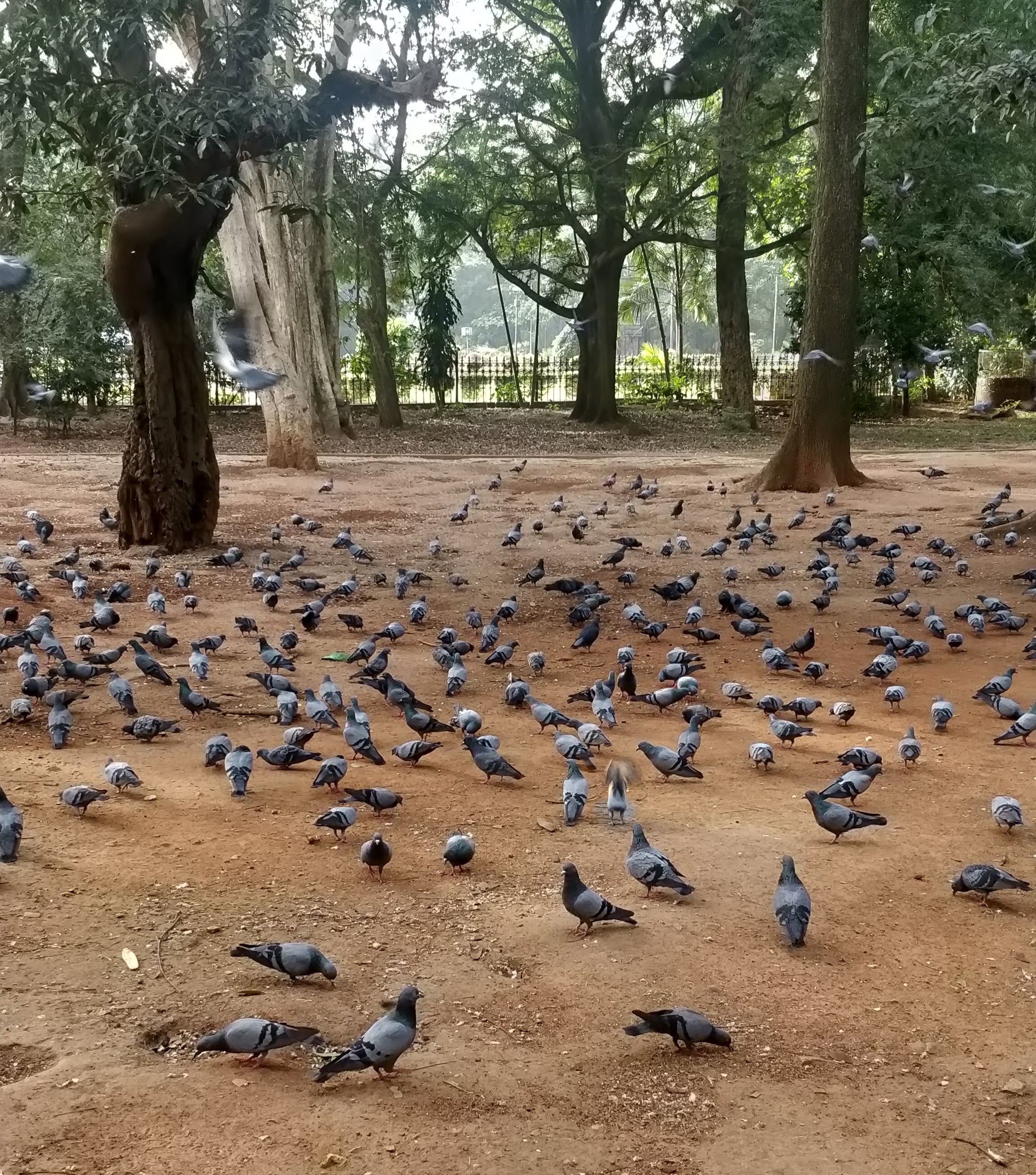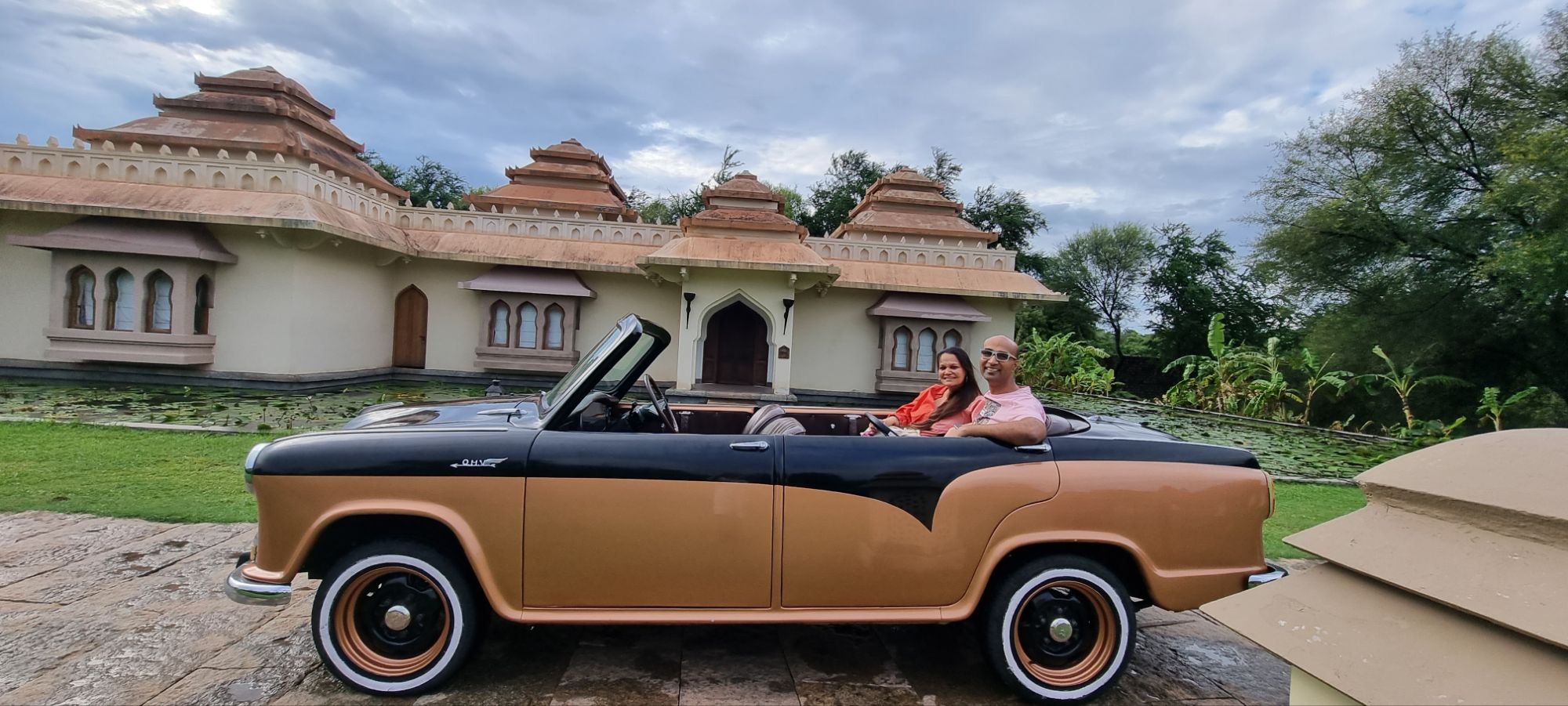Many women swear by ajwain water and silver glasses. It tastes good!
The strangeness of postpartum isn’t written about enough. There are few books about the state of new motherhood. It’s as though the mother is pushed into oblivion by mountains of dirty diapers and midnight feedings. No one talks about learning to inhabit the postnatal body and mind. A mind that is usually bewildered. A body whose contours are unfamiliar. A depleted body. In need of postnatal repletion.
I recently read ‘The Postnatal Depletion Cure‘ by Dr. Oscar Serrallach. In it he describes postnatal depletion, and validates the millions of women struggling to find themselves postpartum. Postpartum depletion comprises all the symptoms a woman experiences post delivery, such as the change in sleep cycle, the psychological strain and the emotional disturbances, social isolation and the hormonal changes. He argues that the postnatal body is nutritionally depleted, especially if the mother is breastfeeding. This depletion combined with a lack of sleep and the expectation that a woman seamlessly slip into her new role contribute to women experiencing long-term health problems even years after birthing their babies. He suggests post delivery women focus on postnatal repletion.
I read the book in two days (breastfeeding gives you a lot of reading time). Dr. Oscar’s research is thorough and compelling. I felt conflicted postpartum. I wanted to support my healing, but I wasn’t sure confinement and gorging on postnatal laddoos would help. Above all, I didn’t want to do something just for the sake of it. Fortunately, eastern cultures have certain traditions that are women-focused and can actually speed up healing.
My Postnatal Repletion
I was in my second month postpartum when I read the book. I inadvertently followed three practices that resonate with his philosophy of ‘postnatal repletion’.
- Laddoos: A friend of mine sent me some laddoos during my first trimester. I could hardly look at sweet things without wanting to vomit and ended up giving them away. Fast forward to now. Four different people have sent me four kinds of postpartum laddoos. All of them made of various dry fruits and (the magic ingredient) gond. Most women are advised to have calcium and iron supplements postpartum. According to Dr. Oscar, we need a lot more than just basic nutrition because the process of creating a baby depletes a lot from your body. Consequently, these laddoos have helped keep my energy levels up, my skin clear, and my hair intact (so far). Additionally, my joints don’t hurt, and gradually, my PGP is also disappearing. Initially, I had heard horror stories about these laddoos. Many people mistakenly equate nutrition with simply ‘fattening the woman up so she can produce more milk for her baby.’ However, if made with the right recipe, these laddoos genuinely strengthen you, and you can feel the difference day after day as you move more easily and freely.
- Massage: I’ve included this because I think massage helped me bounce back faster. A few days into my postpartum I realised I won’t be able to ‘sleep when the baby sleeps’. In any case, it’s a disturbed sleep where you’re hyper vigilant, waking at the slightest mewl from your baby. I was lucky to find an Ayurvedic masseuse who had an innate understanding of the human body. Her massages were transformative. I did 40 days postpartum massage with her and I can feel my body coming together again. These massages relaxed me, and made up for any kind of sleep deprivation I experienced.
- Belly Binding: Dr. Oscar talks realistically about the postnatal woman’s body. Social media is all about who lost their pregnancy weight the fastest. When can I start working out to go back to my “pre pregnancy” body. This word is strange – why is it commendable to have a body that doesn’t speak of the birthing experience? Dr. Oscar addresses things like changes to the size and shape of the breasts, hair, feet and the belly (which is what most women are concerned about). It takes about six weeks for the uterus to shrink back to its original size. My doctor suggested I use a postpartum belt to give my back and abdomen support. Traditionally, women have used saris to bind their abdomens so the organs can settle back into their original positions. I still use a belt for a few hours a day, and I’d recommend it!
Three Months Postpartum…
It’s my third month postpartum and I’m feeling a lot better. There’s an entire village helping me. From my mother-in-law who spent 40 days looking after us and our house, to my college friend who referred an excellent nanny to us, to the vegetable vendor who delivers our vegetables and the cook who makes sure there’s always something nutritious to eat, to friends near and far who have encouraged and held space for me with their own stories and experiences. If I’ve recovered well enough to write this, a large part of the credit goes to them.

The laddoos that helped replenish me post-delivery. From my mil, a student, a friend and my Vedanta teacher.



2 Comments
[…] skinny jeans. I’ve written about honouring the first forty days and the importance of postpartum repletion. I believe that’s something that every woman who has given birth should do, regardless of […]
[…] will prescribe a simple blood test and suggest a course of treatment. Also read my blog about the postnatal repletion diet I followed after reading ‘The Postnatal Depletion Cure’ by Dr. Oscar […]